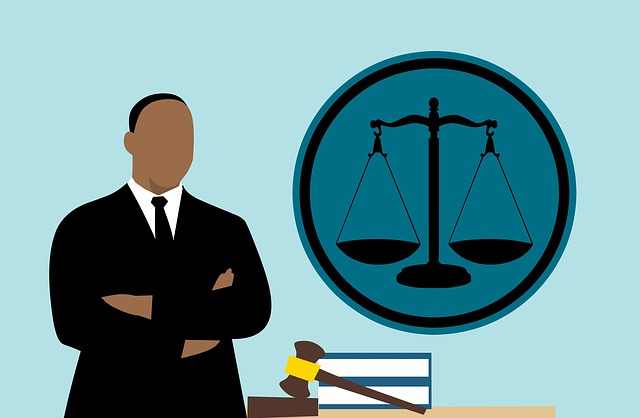
Paying your bills, purchasing household expenditures, and maintaining a little money to blow isn’t difficult to achieve if you create a monthly budget.
Two-thirds of Americans would struggle to pay for an emergency that costs $1,000. And this isn’t just limited to those making minimum wage, either. In fact, there are many families that make $100,000 or more that would still have a hard time scrounging up $1,000.
But this doesn’t have to be you. By creating a monthly budget and sticking to it, you can have extra money to put into your savings and emergency fund and still have some left over to blow!
Do you want to know more? Keep reading to discover how you can create a budget that works.
Use Your After-Tax Income
The first step to creating any budget is to figure out how much you make. But if you’re basing your budget on before-tax income, you’ll likely end up overspending.
Why? Because taxes, health insurance, and 401(k) contributions eat up a lot of your money before you even get it. So, you need to use your after-tax income as a starting point.
This is easy enough for most people to do, but it can be challenging if you’re a freelancer or have a job that relies on tips. Look at your earnings over the past few months and come up with an average number that you make.
If you notice that you make between $3,000-$3,500 per month, use $3,000 as the basis for your budget. Choosing to base your budget off the higher end of your range will just cause you to overspend on the months that you don’t make that, whereas using the lower end will just leave you with extra money on the months that you earn more.
Add Up Your Expenses
Once you know how much you make, it’s time to figure out how much you spend.
Start by adding up your monthly bills, like rent, car insurance, and your phone bill. Then, add in any fluctuating costs, like groceries and gas. Finally, add in miscellaneous costs, like eating out, entertainment, and shopping.
A good budgeting technique is to follow the 50/30/20 rule. According to this, 50% of your after-tax income should be on needs, like groceries, rent, utilities, and health insurance. 30% should be on wants, like shopping and eating out, and the final 20% should go towards savings, emergency funds, and retirement accounts.
Now, do your expenses line up with this rule? If not, figure out where you’re overspending. Which brings us to our next point…
Be Realistic with Your Spending
If you’re regularly overspending, it’s time to decide where you can cut back. And it’s important to note that you can cut back almost anywhere.
For example, to cut back in the “needs” category, you can downsize into a smaller apartment or save at the grocery store by buying store-brand products. You could also cut back on your phone plan, start taking public transportation, make your morning cup of coffee at home, and bring lunch to work every day instead of going out.
While nobody wants to cut back, it’s an important part of sticking with your budget. And by cutting back on one or two big expenses and a few smaller expenses that you don’t care about, you can free up more room to spend on the things you actually want.
Work Entertainment into Your Budget
Entertainment probably seems like the easiest place for you to cut back on. But, if possible, consider adding entertainment expenses into your budget.
Partaking in your hobbies, seeing your friends, and enjoying new experiences are all good for your mental health. While you don’t need to spend a ton on entertainment, make sure you have a little something worked in so you can blow off some steam every month.
If you normally pay for entertainment expenses by taking from your savings account, there is an added benefit here. Creating an entertainment budget keeps it separate from your monthly savings budget, so you don’t overspend and end up dipping into your rainy day fund.
Pay Off Debt
Debt is one of the hardest things to deal with. And the longer you have it, the more you end up paying due to those pesky interest rates.
While you may be tempted to spend your extra money on something fun, it’s best to put it towards paying off your debt at first. If you have multiple debts, pay extra on the one with the highest interest rate first while maintaining the minimum payment on the rest. You may also want to start by paying off a small debt that’s almost gone.
Of course, taking out a loan isn’t always a bad thing. If you’re out of work, make sure you read more about how loans for the unemployed can help.
Track Your Expenses
“My budget is complete! I’m done now, right?” Well, not quite. After you create your budget, it’s important to track your expenses.
The main purpose of this is to make sure you’re staying on budget. After all, what’s the point of creating your budget, if you’re not going to follow it? There are plenty of apps available that will make tracking your spending easier, so try a few out to find one that’s right for you.
But tracking your expenses has another big benefit. You can expose any mistakes in your original budget by keeping a close eye on things. If you forgot to account for something, make sure you change your budget to accommodate that.
Creating a Monthly Budget
Making a budget doesn’t have to be so hard. By following the tips above, you can create a monthly budget that may even leave you with a little extra spending money.
Are you feeling stressed about your budget, eliminating debt, or saving for the future? Then check out this guide to hiring a financial advisor.





